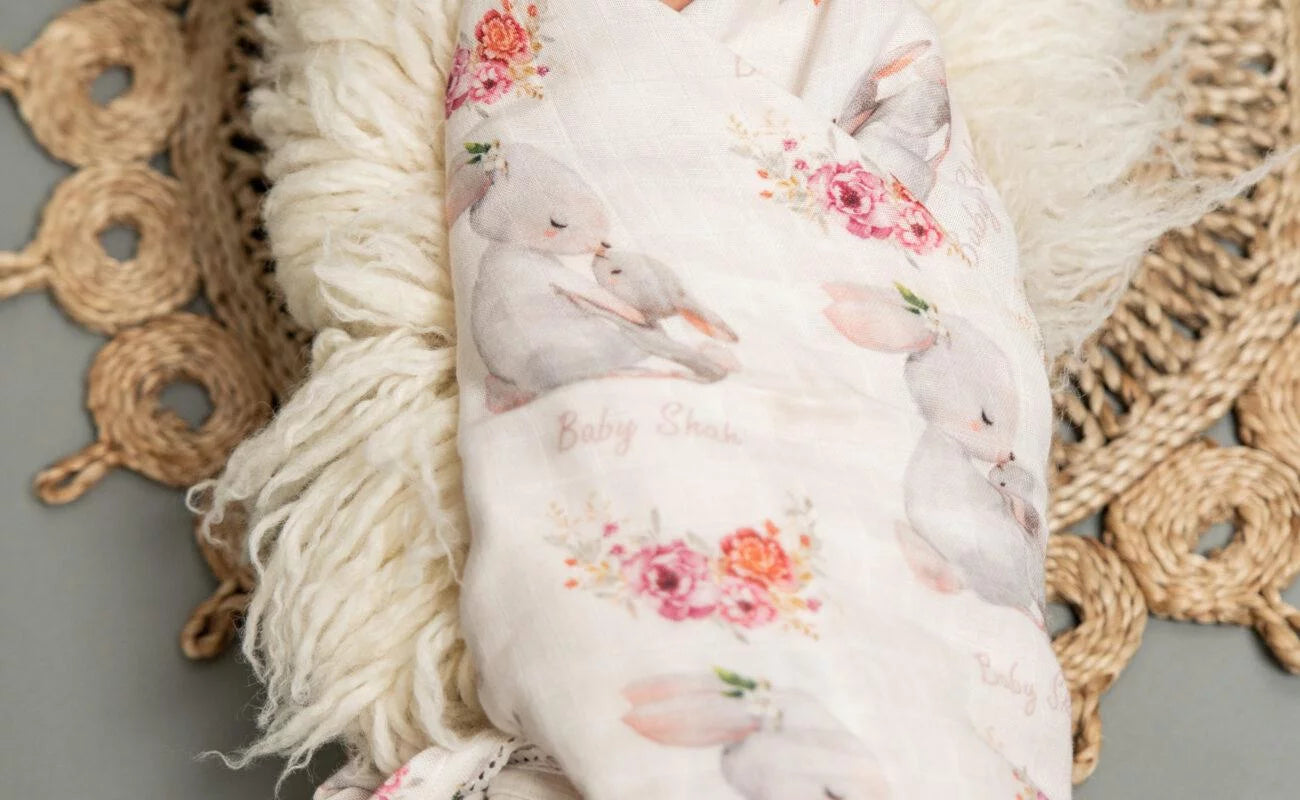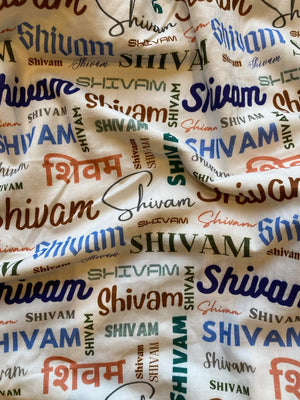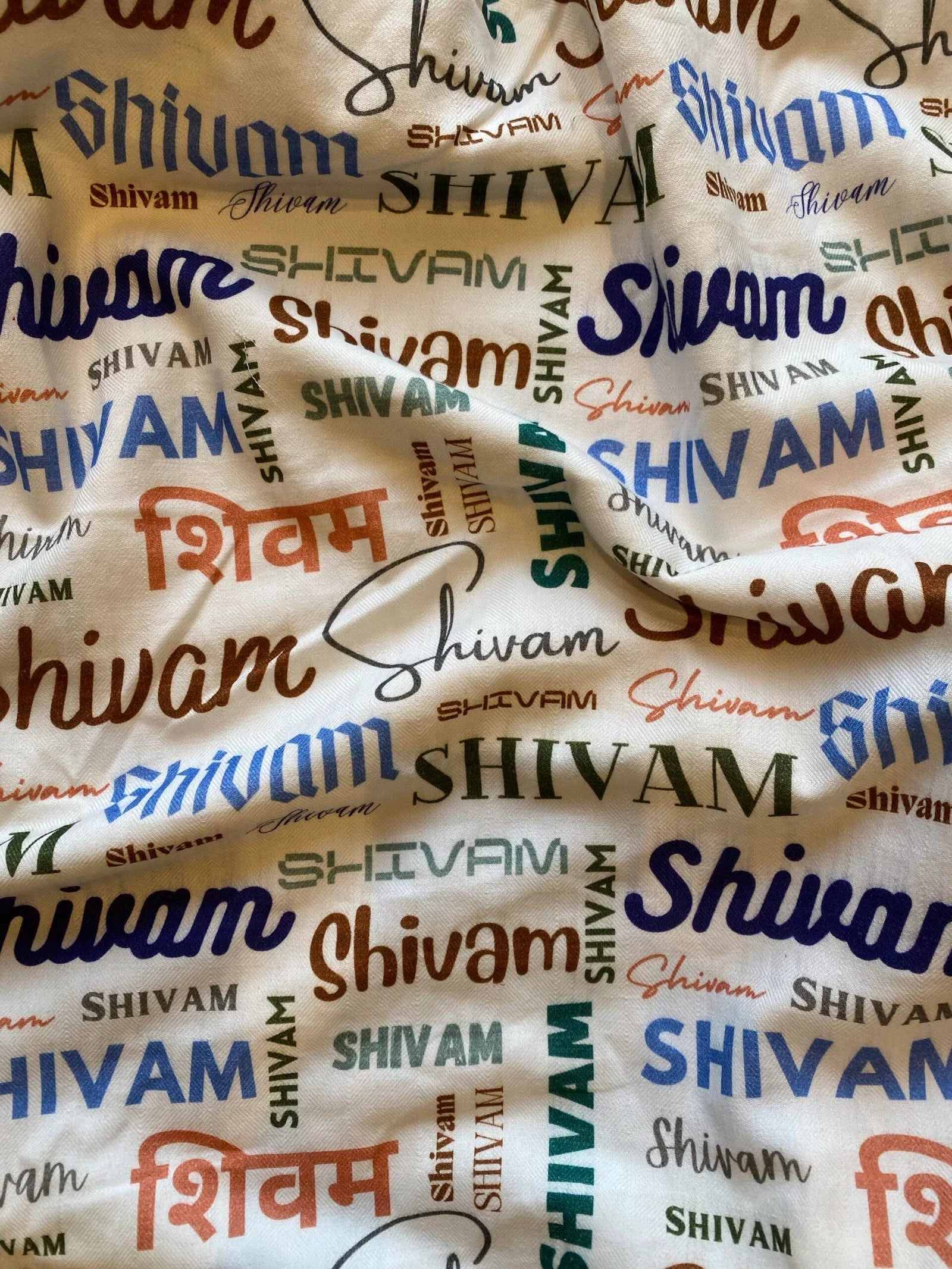Swaddling is a practice which has been used around the world for centuries, originating as far back as 4000 B.C. There are many benefits of swaddling a baby. It not only calms and soothes them, but also helps them sleep longer. Recent studies have found that infants are quieter, sleep more, and have lower and more stable heart rates when swaddled. When done correctly, swaddling is a wonderful and safe way to help calm and comfort your baby.
1. Swaddling Mimics the Womb
Transitioning from womb to world is not so simple for your new little one. Babies suddenly find themselves in a cold and bright world from what was once a warm, cozy environment. Swaddling recreates the secure and cozy feeling of the womb, making this transition easier.
2. Swaddling Mimics a Parent’s Soothing Touch
Touch has been proven to have neurological effects; it triggers a self-soothing response in the human brain, stabilizes our heart rate and blood pressure, and lowers cortisol levels. Correspondingly, touch is fundamental for healthy infant development. A snug swaddle helps to mimic the soft pressure of a mother’s touch, and helps your baby have a longer, more restful sleep with fewer disturbances.
Swaddled babies tend to fall asleep more quickly and stay asleep more consistently throughout the night. If your baby sleeps better, then Mom and Dad sleep better, and this is great for the whole family!
3. Swaddling Moderates the Moro Reflex
One of the benefits of swaddling a baby is that it helps alleviate the effects of the Moro reflex. The Moro reflex, or startle reflex, is a normal neurological response which causes a newborn to feel as though they are free falling. Babies experience this all the time within the first 3 to 4 months of life. While the presence of the Moro reflex is an indication of a healthy infant, its effects can disturb your baby’s sleep. The startle reflex causes them to have involuntary movements that can easily wake them up. Swaddling helps prevent those spontaneous movements, allowing for a much more beautiful sleep.
4. Swaddling Helps Regulate Temperature
Swaddling your baby can help maintain the optimal temperature for them so it’s important to ensure that you are using a high-quality breathable swaddle such as the Baby K’tan Newborn Swaddle, a blanket that ensures that your baby does not overheat. Avoid “double swaddling” or using a blanket which is too warm. Over-bundling with multiple layers can cause your baby to overheat which can increase the risk of SIDs. A breathable fabric, like the 100% cotton-mess of the Baby K’tan Newborn Baby Swaddle Wrap will help keep your baby warm and snug without the danger of overheating.
Experts also recommend maintaining a comfortable room temperature of around 65-70 degrees Fahrenheit. After being swaddled, your baby’s skin should feel comfortable to touch and not too warm.
5. Swaddling Helps Alleviate Colic
Any parent who has experienced a baby with colic will tell you that it can be one of the most difficult parenting experiences. Some parents describe a feeling of helplessness in their inability to calm their crying baby. Colic is mainly thought to be a result of a developing digesting system, making it difficult for your baby to digest food. This can cause gas and other intense pain, leading to prolonged and inconsolable crying or fussiness in an otherwise healthy baby.
One of the benefits of swaddling a baby is that it can have a wonderfully soothing therapeutic effect on a baby suffering from colic by applying light pressure to a baby’s belly. The pressure and cocoon-like feeling mimics the womb and provides relief for your baby.
6. Swaddling Reduces Incidents of SIDs
Swaddling, when done properly, is effective and safe. The American Association of Pediatrics (AAP) reports that swaddling helps maintain the supine position during sleep (sleeping on their back). Research has also found that infants placed to sleep on their stomachs are at an increased risk of SIDs. Babies should therefore always be placed to sleep on their back, never on their stomach or side. By swaddling baby in the supine position, you help your baby maintain this safe sleep position. For a baby who is not yet capable of rolling over on their own, the risk of SIDs diminishes.
You should stop swaddling when your baby begins to roll over from back to front, break free from the baby swaddle wrap, or when the swaddle becomes disruptive to sleep.
Loose blankets and bedding also pose a threat to your baby’s health by increasing the changes of suffocation. A baby swaddle wrap also constraints your baby’s arms and helps prevent them from pulling loose bedding or clothing over their heads. It’s also important to keep any loose bedding or clothing out of your baby’s crib and stop swaddling when they start to roll.
7. Swaddled Babies are Happier Babies
We’ve touched on the benefits of swaddling a baby, including how swaddling can help sooth and settle your baby, but did you know that it also triggers a “relaxation” mechanism in infants? Famed American pediatrician Dr. Harvey Karp shares more of the wonderful qualities of swaddling in his book, The Happiest Baby on the Block. Experience the soothing benefits for swaddling for yourself with our breathable cotton-mess baby swaddle wraps!



